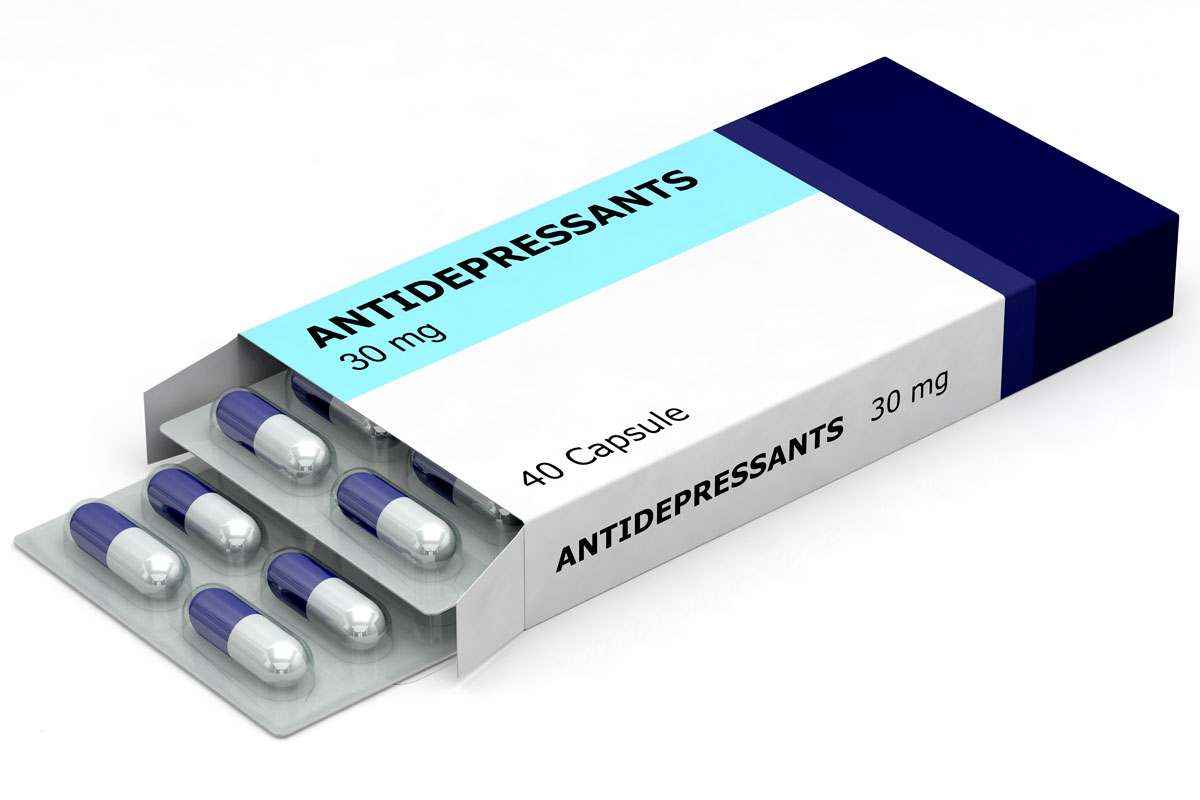I first introduced an approach to make real improvements that help patients and reduce risks through international accreditation standards in my post An overview of quality indicators under the JCI QPS approach (this link will open in a new tab of your current browser window).
In that post I prepared the ground for future posts on patient safety in the accreditation process of the Joint Commission International (JCI) from the chapter “Quality Improvement and Patient Safety (QPS)”. In promoting the quality agenda in hospitals, this QPS chapter from the JOINT COMMISSION INTERNATIONAL ACCREDITATION STANDARDS FOR HOSPITALS, 4TH EDITION manual describes a comprehensive approach to quality improvement and patient safety.
In this post, I shall present my plan to discuss how best I think Health Information Management (HIM) / Medical Records (MR) practitioners can contribute and benefit by applying the QPS standards to their daily work to understand how processes can be more efficient, resources can be used more wisely, and physical risks can be reduced.
The QPS chapter presents the standards into five (5) sections (as I shall refer the layout of the standards from this chapter ) of standards as follows :
- Section 1 : Leadership and Planning
- Section 2 : Design of Clinical and Managerial Processes
- Section 3 : Measure Selection and Data Collection (Data Collection for Quality Measurement)
- Section 4 : Validation and Analysis of Measurement Data (Analysis of Measurement Data)
- Section 5 : Gaining and Sustaining Improvement (Improvement)
Section 1 is about hospital management (leaders) collaboration to carry out a quality improvement and patient safety program.
Design of new and modified systems and processes according to quality improvement principles is covered in standards from Section 2.
Selection and data collection of key measures for each of the hospital’s clinical and managerial structures, processes, and outcomes are requirements for standards under Section 3.
Section 4 has several standards that outlines what, when, who and how on validation and analysis stages of data collected from identified key measures in Section 3.
Knowledge gained from data analysis of Section 4 is gainfully used (acheieved) to identify potential improvements or to reduce (or prevent) adverse events and sustained through an ongoing program of risk management. Data collected is also used to identify improvement and safety activities for the priority areas identified. An ongoing program of risk management is used to identify and to reduce unanticipated adverse events and other safety risks to patients and staff. These are improvement and safety activities covered under the standards from Section 5.
I believe that HIM/MR practitioners will be involved from the initial stage of collaboration with hospital management and other departmental leaders to carry out a quality improvement and patient safety program to the period when risk management activities continue to sustain the hospital’s Quality Improvement and Patient Safety program.
My next post on QPS standards for quality improvement and safety activities will begin with standards found under Section 4. I plan to walk through these standards first as I think they will involve health information contained in medical records, directly involving HIM/MR practitioners in data collection and analysis of clinical structures, processes, and outcomes.
However, I shall be paying visits to the other standards in the QPS chapter and cross-referencing them or making separate posts for any QPS standard apart from those from Section 4. I believe there is no one right way to approach quality improvement and safety activities by using the framework enshrined in the JCI QPS chapter but I plan to approach the way I feel the best way I can do in benefit of HIM/MR practitioners.
References :
Joint Commission International 2010, Joint Commission International Accreditation Standards For Hospitals, 4th edn, JCI, USA





























